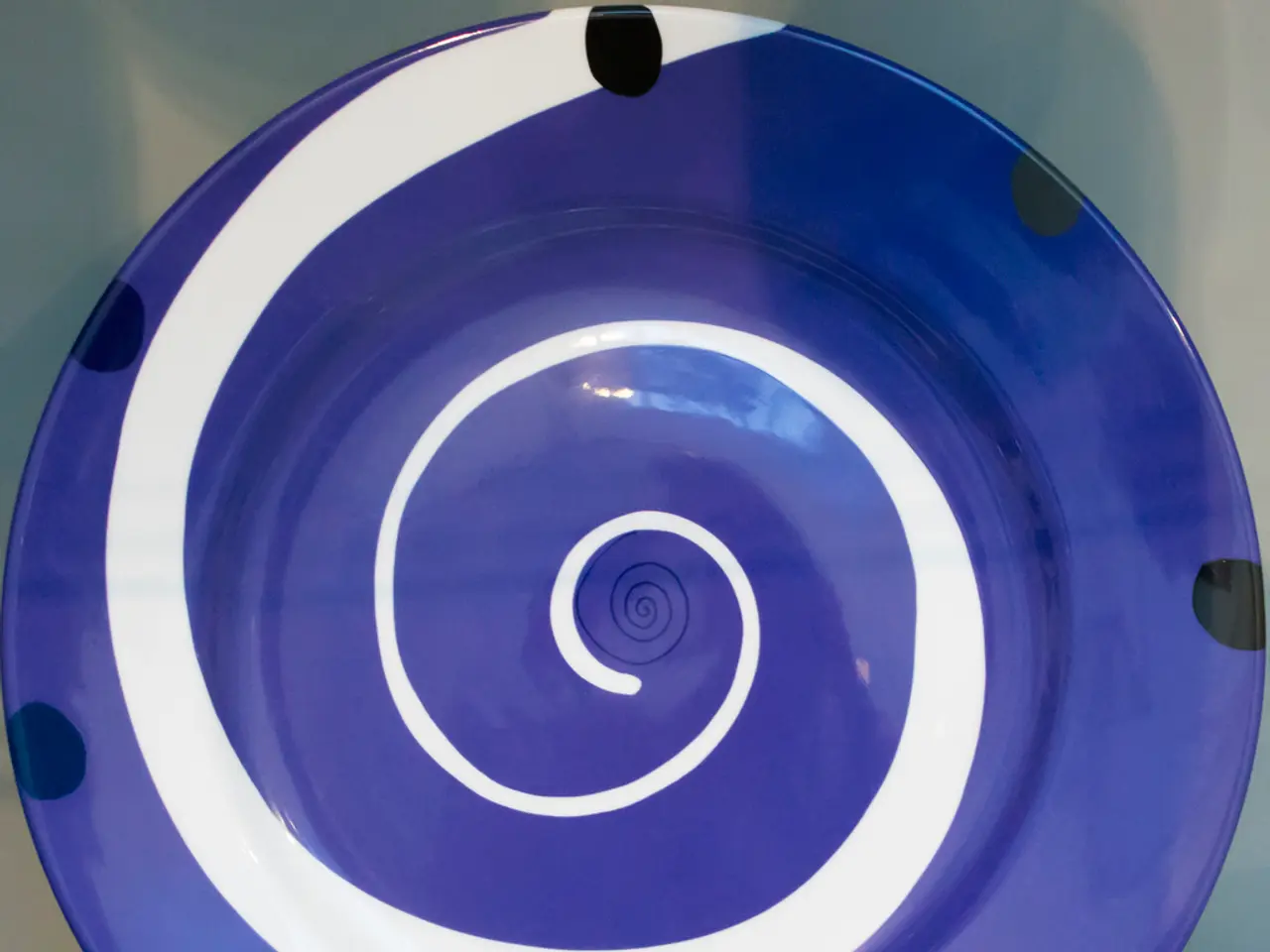Mystery Condition: Nonthrombocytopenic Idiopathic Purpura Explained
Nonthrombocytopenic Idiopathic Purpura (NIP) is a rare bleeding disorder that presents as small purple or red spots on the skin, known as purpura, without a significant decrease in platelet count. This condition is often misdiagnosed due to its rarity, but it is essential to rule out NIP during the diagnosis of other blood-related conditions.
Individuals with NIP may notice that they bruise easily, even from minor bumps or injuries. Some may experience bleeding from mucosal surfaces, such as nosebleeds or bleeding gums. The prognosis for individuals with NIP varies widely based on several factors, including the severity of symptoms and the presence of any underlying conditions.
The common causes of NIP are primarily immune-mediated small vessel vasculitides, especially IgA vasculitis, and hypersensitivity vasculitis involving immune complex deposition within vessels. IgA vasculitis, also known as Henoch-Schönlein purpura, is the prototypical nonthrombocytopenic purpura, characterized by immune complex-mediated leukocytoclastic vasculitis affecting small vessels, commonly presenting with palpable purpura, abdominal pain, and renal involvement. Hypersensitivity vasculitis, on the other hand, involves immune complex deposition causing inflammation of small vessels, often systemic, leading to purpura without low platelet counts.
The exact cause of NIP remains largely unknown, but several factors may contribute to its development, including vascular abnormalities, autoimmune disorders, infections, medications, and genetic factors. Fatigue, joint pain, and abdominal pain are common symptoms reported by many individuals with NIP.
Corticosteroids, immunosuppressants, and Intravenous Immunoglobulin (IVIG) are potential medications for managing more severe symptoms of NIP. With appropriate treatment and lifestyle adjustments, many individuals can manage their symptoms effectively, and most patients experience a stable condition with periodic monitoring. Dietary adjustments, regular exercise, and avoiding blood thinners are lifestyle modifications that can help manage symptoms of NIP.
Emotional and psychological support, education and awareness, and regular medical check-ups are essential for individuals living with NIP. Diagnosing NIP involves a thorough medical history, physical examination, laboratory tests, and the exclusion of other conditions affecting blood health. The term "idiopathic" indicates that the exact cause of the condition is unknown.
Observation and monitoring can be a strategy for managing NIP when symptoms are mild. Severe bleeding episodes, chronic fatigue, joint issues, skin changes, and psychological impact can be potential complications associated with NIP. Purpura can manifest as small red or purple spots or larger areas of discoloration and can appear on various parts of the body, including the arms, legs, and trunk.
In conclusion, while NIP is a rare condition, understanding its causes, symptoms, and potential treatments is crucial for early and accurate diagnosis and effective management. With proper care and support, individuals with NIP can live a relatively normal life, managing their symptoms and maintaining a stable condition.
- A thorough understanding of the causes, symptoms, and potential treatments of Nonthrombocytopenic Idiopathic Purpura (NIP) is important for its early and accurate diagnosis, as well as effective management in the realm of medical-conditions, especially chronic-diseases such as chronic fatigue or joint issues.
- While dietary adjustments, regular exercise, and avoiding blood thinners can be beneficial for managing symptoms of health-and-wellness conditions like NIP, emotional and psychological support, education and awareness, and regular medical check-ups are equally essential for individuals living with this rare bleeding disorder.




